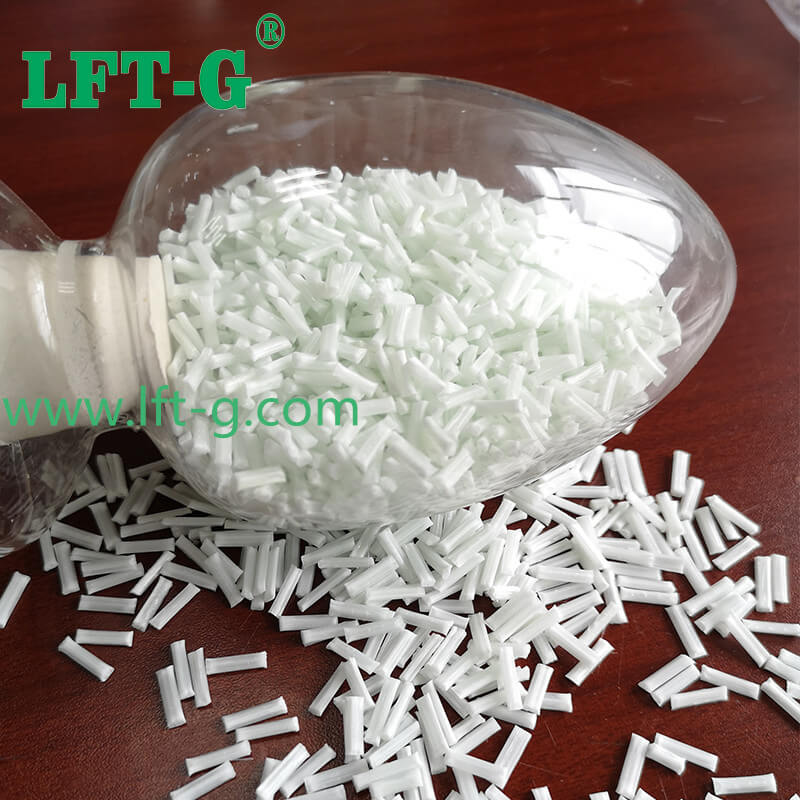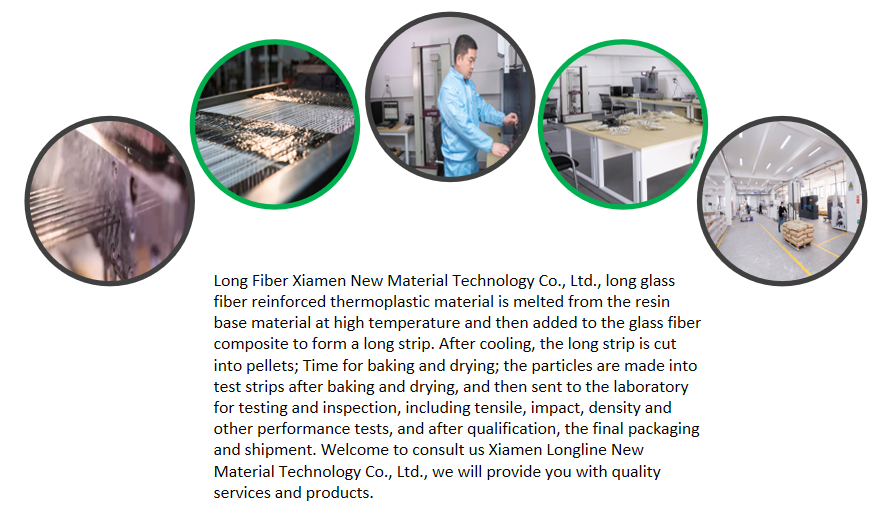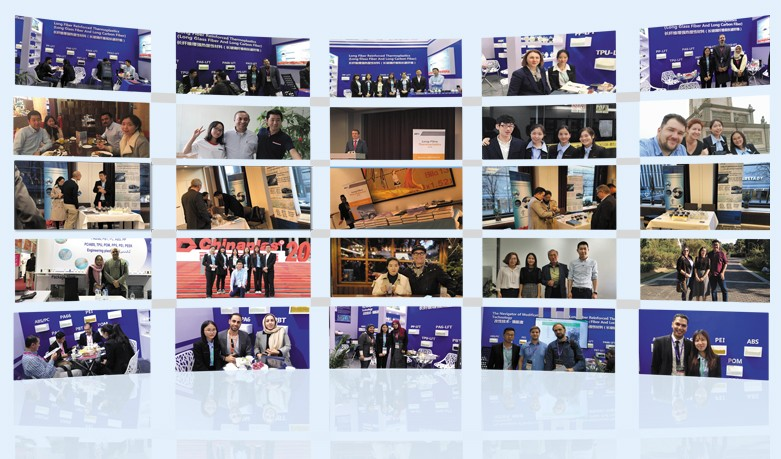item número.:
PLA-NA-LCFPagamento:
T/T or L/C (other payment ways also can be diorigem do produto:
Xiamen, ChinaCor:
Original color (also can be customized)porto de embarque:
Xiamen, ChinaPLA information
PLA, also known as polylactide, refers to the polyester polymer obtained by polymerization of lactic acid as the main raw material, usually using renewable plant resources (such as corn, cassava, etc.) made of starch as raw material. It is a new type of renewable biodegradable material.
PLA material characteristics
The raw materials are renewable and relatively easy to obtain even if used as 3D printing materials, which can be used for large-scale production;
The PLA has good thermal stability and solvent resistance. The processing temperature of PLA is between 170 ℃ and 230℃, and the finished product has good heat resistance.
Good permeability and transparency luster, can be processed by extrusion, spinning, biaxial stretching, injection blow molding and other ways, tensile and bending modulus can be comparable to the traditional plastic resin;
High biocompatibility. The monomer material of PLA, L-lactic acid, is an endogenous active substance in human body. Therefore, the finished product printed by 3D printing material PLA is non-toxic to human body and can be absorbed by human body.
It has good degradability. Different from the degradation methods of other 3D printing materials, PLA is embedded in the soil and completely degraded by microorganisms in nature under specific conditions to generate carbon dioxide and water. The carbon dioxide generated directly enters the soil organic matter or is absorbed by plants instead of being discharged into the air, which is recognized as an environmentally friendly material.

Application of PLA materials
Due to the good mechanical and physical properties of PLA material, PLA material is widely used, including various food containers, packaged food, fast food lunch boxes, etc.
Ao mesmo tempo, com suas vantagens em compatibilidade e degradabilidade, o PLA também pode desempenhar um grande papel na área médica, que pode ser transformado em material de esqueleto de tecido médico e suporte médico para o corpo humano. Além de sua excelente resistência à tração e extensibilidade, o PLA pode ser produzido por vários métodos de processamento comuns, como moldagem por extrusão por fusão, moldagem por injeção, moldagem por filme soprado, moldagem por espuma e moldagem a vácuo.
Sobre nós

